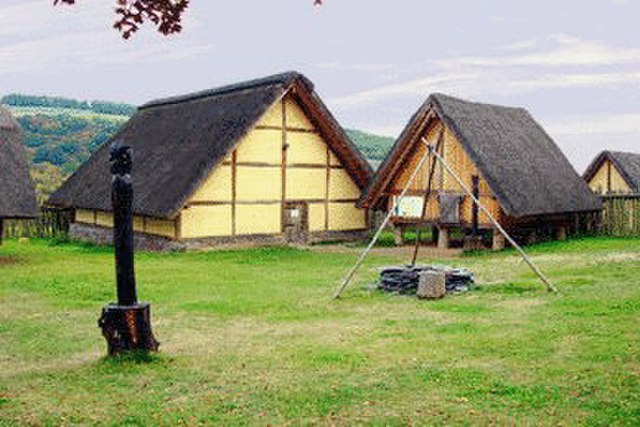Cisalpine Gaul was the name given, especially during the 4th and 3rd centuries BC, to a region of land inhabited by Celts (Gauls), corresponding to what is now most of northern Italy.
Detail of the Tabula Peutingeriana showing northern Italy between Augusta Pretoria (Aosta) and Placentia (Piacenza); the Insubres are marked as inhabiting the Po Valley upstream of Ticeno (Pavia) and downstream of the Trumpli and Mesiates which occupy the upper reaches of the Sesia and Agogna rivers.
Archaeological finds of Canegrate culture
Golasecca culture helmet
The Celts or Celtic peoples were a collection of Indo-European peoples in Europe and Anatolia, identified by their use of Celtic languages and other cultural similarities. Major Celtic groups included the Gauls; the Celtiberians and Gallaeci of Iberia; the Britons, Picts, and Gaels of Britain and Ireland; the Boii; and the Galatians. The relation between ethnicity, language and culture in the Celtic world is unclear and debated; for example over the ways in which the Iron Age people of Britain and Ireland should be called Celts. In current scholarship, 'Celt' primarily refers to 'speakers of Celtic languages' rather than to a single ethnic group.
The Dying Gaul, an ancient Roman statue
The La Tène–style ceremonial Agris Helmet, 350 BC, Angoulême city Museum in France
Reconstruction of the Hochdorf Chieftain's Grave, Stuttgart, Germany
Reconstruction of a late La Tène period settlement in Altburg near Bundenbach, Germany (first century BC)







